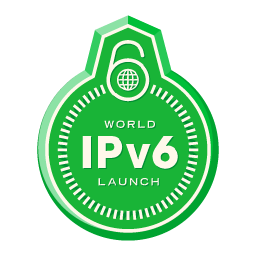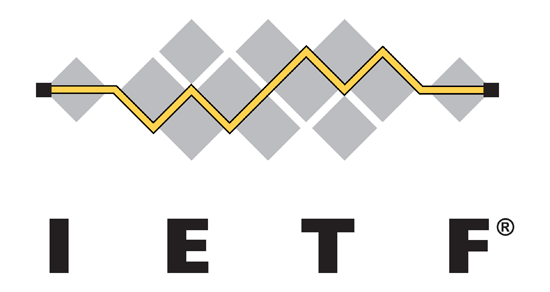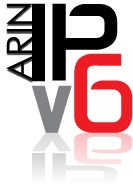Organized by the Internet Society, World IPv6 Launch on 6 June 2012 is the designated date when organizations across the industry – including Internet service providers (ISPs), hardware makers, and web companies – prepare for and permanently enable Internet Protocol version 6 (IPv6) on their products and services as Internet Protocol version 4 (IPv4) address space runs out.
Last year, major web companies and other industry participants successfully enabled and tested IPv6 on their main websites for 24 hours on World IPv6 Day, which was held on 8 June 2011. World IPv6 Day only involved websites, and was just a day, this year in contrast the emphasis is across the entire spectrum of the Internet industry and is permanent.
Similar to last year’s successful NYC event, on Wednesday June 6 2012 ISOC-NY will present an informal discussion and celebration meetup at NYU starting at 7pm EDT. Among those attending will be Phillip Koblence, VP Operations (NYI), and Sagi Brody of Webair who will both give a brief talks on their company’s IPv6 implementation efforts, after which we will repair to a nearby drinking establishment for social activities.
What: World IPv6 Launch Discussion and Celebration.
When: Wed. June 6, 2012 – 7pm-8.30pm
Where: Courant Institute NYU, Rm 201, 251 Mercer St. NYC
Who: Free. Public welcome, especially network admins!
Hashtags: #v6launch ; #ipv6
RSVP: email | facebook | meetup
Webcast: Not planned at this time.
Continue reading






 The American Registry for Internet Numbers (
The American Registry for Internet Numbers ( At the recent meeting in New Delhi the ICANN At-Large Advisory Committee (ALAC) formed a
At the recent meeting in New Delhi the ICANN At-Large Advisory Committee (ALAC) formed a  Tony D’Agata, vice president of federal sales for Sprint told InternetNews.com that Sprint is ramping up some specific IPv6 offerings that are expected to be ready in the second quarter of 2008.
Tony D’Agata, vice president of federal sales for Sprint told InternetNews.com that Sprint is ramping up some specific IPv6 offerings that are expected to be ready in the second quarter of 2008. In a
In a